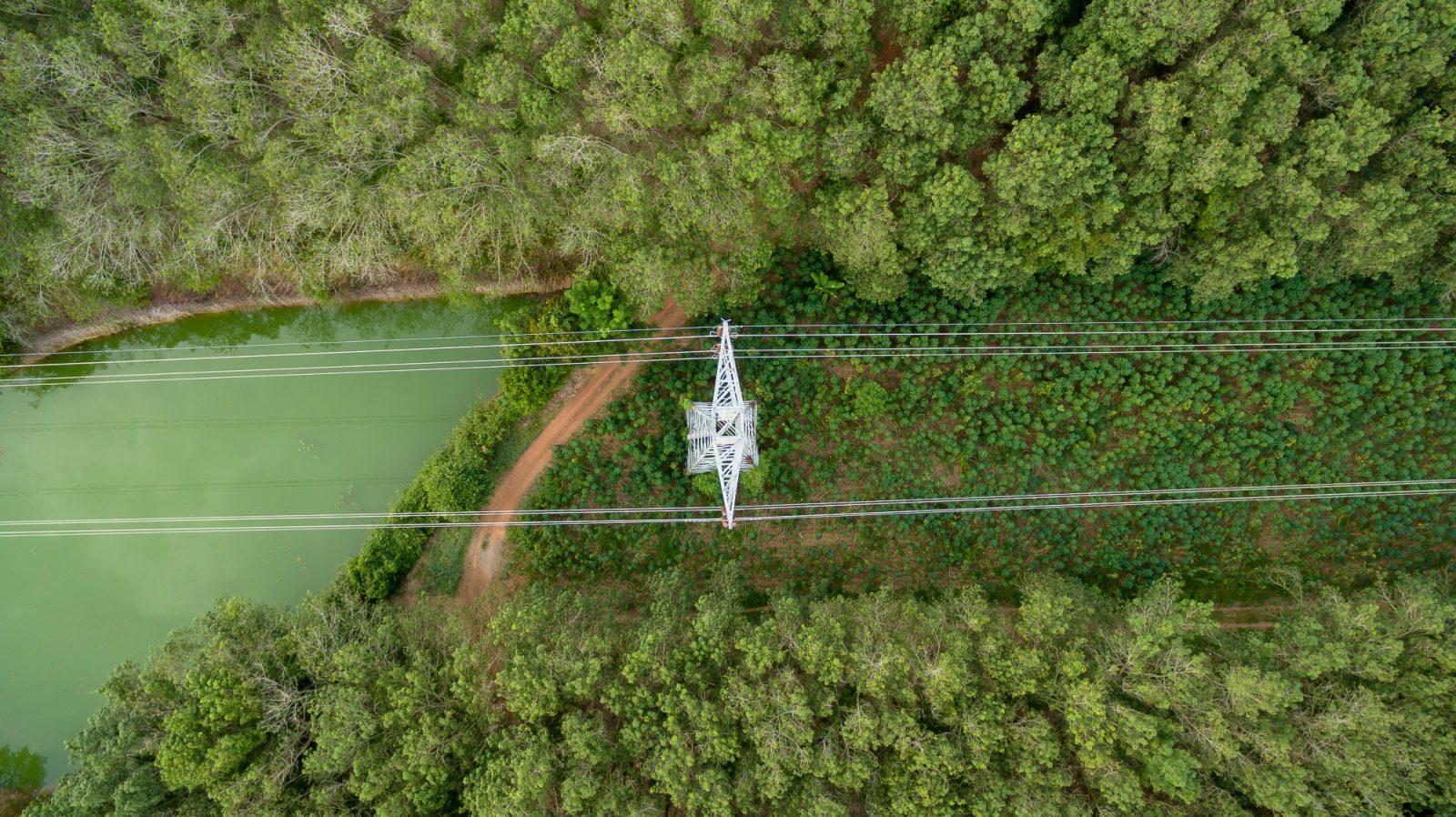Vegetation Management
About this risk area
Vegetation management is critical to any utility company that maintains overhead energized lines. Transmission line outages caused by vegetation reduce reliability and can lead to cascading outages when coupled with other risk factors such as misoperations or peak loads, as witnessed during the 2003 Northeast Blackout. This risk can be further aggravated by external factors such as extreme weather or insects, such as the Emerald Ash Border that contribute to tree mortality, leading to fall-ins and vegetation contacts.
The nature of these outages also often leads to equipment failure causing lengthy repairs, and a less-than-adequate vegetation management program can increase the risk profile across multiple transmission lines within the same footprint. A majority of vegetation outages within ReliabilityFirst reside on 100-199 kV facilities. Vegetation outages below 200kV are a known risk and monitored accordingly.
ReliabilityFirst addresses vegetation management through enforcement of North American Electric Reliability Corporation (NERC) Reliability Standard FAC-003-4, tracking historical outage data including causes, on-site vegetation walk-downs, plus outreach and education. ReliabilityFirst offers a Vegetation Community of Practice to discuss best practices, lessons learned, emerging technologies and techniques, plus risk reduction. We also discuss these risks and mitigations on Technical Talk with RF and in our quarterly newsletter, especially in late spring ahead of the summer months. For more information on joining our Community of Practice, please utilize our Contact Us page and specify the Engineering and System Performance team.
Explore vegetation management resources below.

